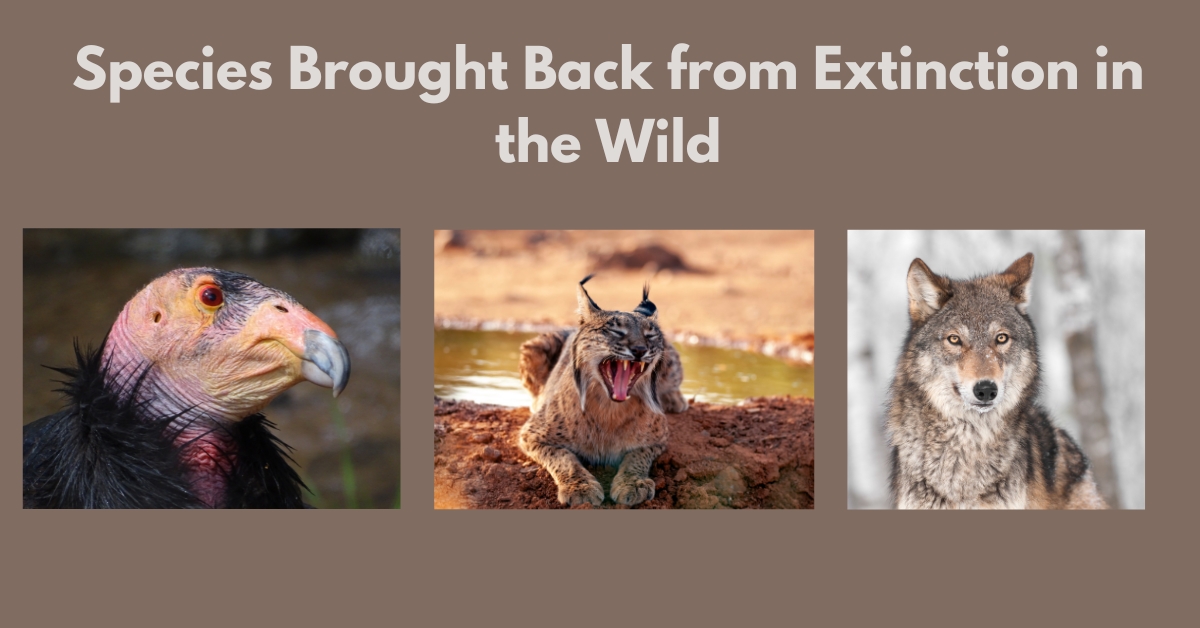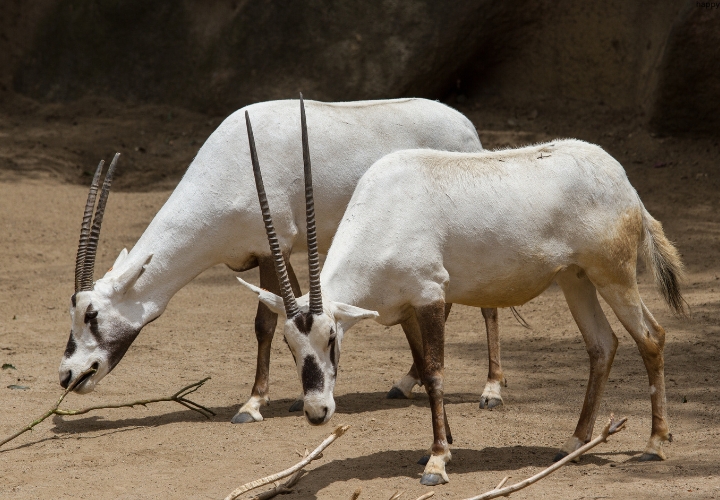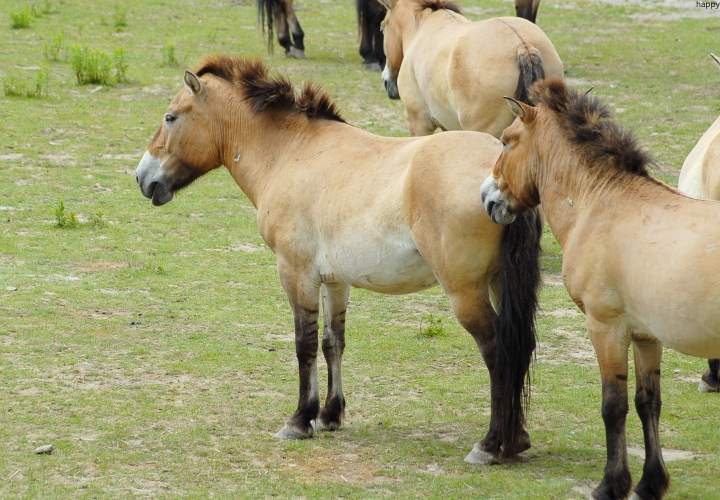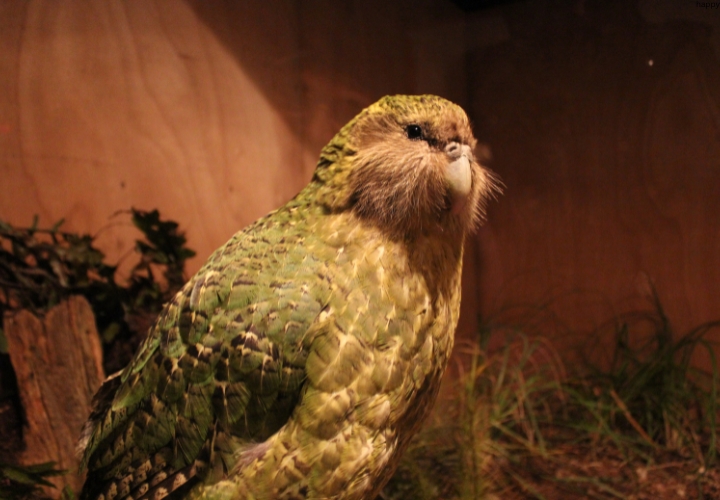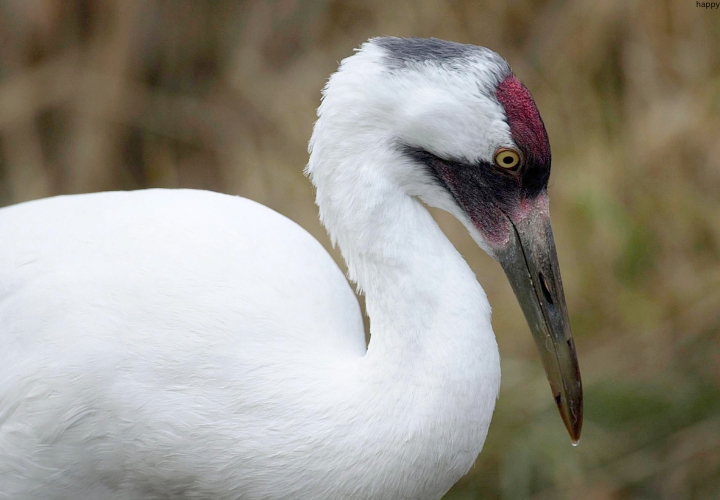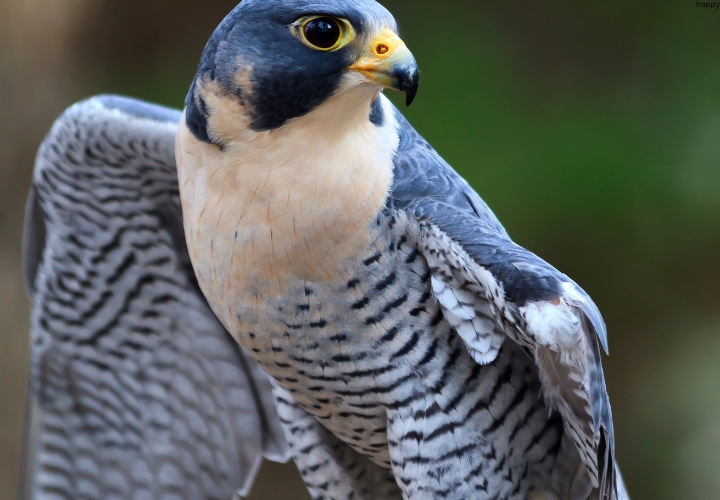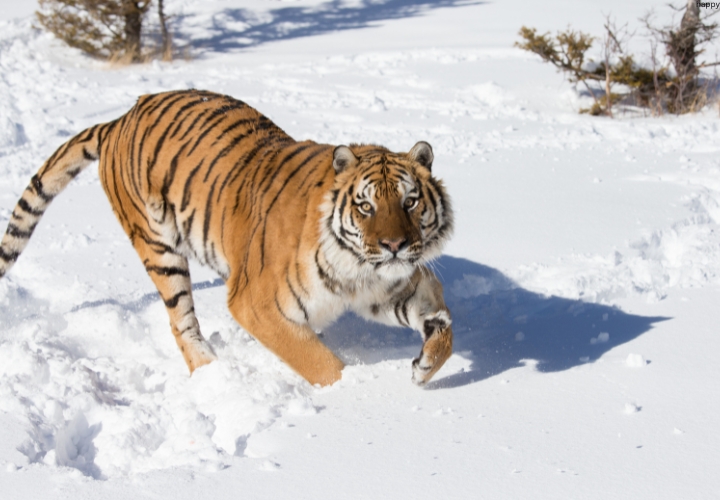The natural world is a delicate balance, and when a species becomes extinct, it can have far-reaching consequences for the entire ecosystem.
However, in recent years, there have been some remarkable success stories of species being brought back from the brink of extinction and reintroduced into the wild.
In this blog post, we’ll explore 15 incredible species that have been successfully revived and returned to their natural habitats, thanks to the tireless efforts of conservation organizations, scientists, and dedicated individuals.
Key takeaways
- Species conservation is crucial to preserving the delicate balance of ecosystems and protecting biodiversity.
- Intensive conservation efforts, including captive breeding and reintroduction programs, have helped numerous species, such as the Arabian oryx, California condor, and Przewalski’s horse, recover from the brink of extinction.
- Successful reintroduction programs have allowed species like the Iberian lynx, Kakapo, and Eurasian beaver to make remarkable comebacks in the wild.
- The recovery of species like the whooping crane, scimitar-horned oryx, and red wolf demonstrates the power of dedicated conservation work, even for the most endangered animals.
- The resurgence of iconic species such as the peregrine falcon, bald eagle, and Siberian tiger shows that with proper protection and habitat restoration, even severely depleted populations can be brought back from the edge of extinction.
- Ongoing conservation efforts are crucial to ensuring the long-term survival of vulnerable species like the Galapagos tortoise and Hawaiian goose (Nene).
- Continued vigilance and a holistic, ecosystem-based approach to conservation are necessary to safeguard the natural world and prevent more species from being lost forever.
The Importance of Species Conservation
Biodiversity is essential for the health and stability of our planet. Each species plays a unique role in its ecosystem, from pollinating plants to maintaining the balance of predator-prey relationships.
When a species is lost, it can have a ripple effect that disrupts the delicate web of life.
Species conservation is crucial to preserving the rich tapestry of life on Earth and ensuring that future generations can experience the wonder and diversity of the natural world.
1. Arabian Oryx
The Arabian oryx, a majestic antelope with long, straight horns, was once on the verge of extinction due to overhunting and habitat loss.
In the 1970s, a captive breeding program was established, and in 1982, the first group of oryx was reintroduced into the wild in Oman.
Today, the Arabian oryx population in Oman has grown to over 1,000 individuals, and the species is now classified as “Vulnerable” on the IUCN Red List.
- Features: A majestic antelope with long, straight horns
- Habitat: Native to the Arabian Peninsula, reintroduced in Oman
2. California Condor
The California condor, the largest flying bird in North America, was once on the brink of extinction, with only 22 individuals remaining in the wild by the 1980s.
Extensive conservation efforts, including captive breeding and reintroduction programs, have helped this impressive bird make a remarkable comeback.
As of 2022, the wild population of California condors has grown to over 500 individuals, and the species is slowly being removed from the endangered species list.
- Features: The largest flying bird in North America
- Habitat: Native to the western United States and Baja California, Mexico
3. Przewalski’s Horse
Also known as the Mongolian wild horse, Przewalski’s horse was once extinct in the wild. In the 1940s, the last known wild individual was captured, and the species was maintained in captivity.
In the 1990s, a successful reintroduction program was launched in Mongolia, and today, the wild population of Przewalski’s horses has grown to over 500 individuals, earning the species an “Endangered” status on the IUCN Red List.
- Features: Also known as the Mongolian wild horse
- Habitat: Native to the grasslands of Central Asia, reintroduced in Mongolia
4. Black-Footed Ferret
The black-footed ferret, a small and rare mammal native to the Great Plains of North America, was once believed to be extinct in the wild.
However, in 1981, a small population was discovered in Wyoming, and a captive breeding program was established.
Since then, thousands of black-footed ferrets have been reintroduced into the wild, and the species is now classified as “Endangered” on the IUCN Red List.
- Features: A small, rare mammal native to the Great Plains of North America
- Habitat: Native to the Great Plains region of North America
5. Iberian Lynx
The Iberian lynx, a majestic and elusive big cat found in the Iberian Peninsula, was once on the verge of extinction. In the early 2000s, there were only around 100 individuals remaining in the wild.
Thanks to intensive conservation efforts, including habitat restoration and captive breeding programs, the Iberian lynx population has since grown to over 600 individuals, and the species is now classified as “Endangered” on the IUCN Red List.
- Features: A majestic and elusive big cat found in the Iberian Peninsula
- Habitat: Native to the Iberian Peninsula, found in Spain and Portugal
6. Kakapo
The kakapo, a flightless parrot found only in New Zealand, was once on the brink of extinction, with only 51 individuals remaining in the wild by the 1990s.
Intensive conservation efforts, including predator control and captive breeding programs, have helped the kakapo population grow to over 200 individuals.
The species is still classified as “Critically Endangered” on the IUCN Red List, but its recovery is a remarkable success story.
- Features: A flightless parrot found only in New Zealand
- Habitat: Native to the forests of New Zealand
7. Eurasian Beaver
The Eurasian beaver, a large semi-aquatic rodent, was once hunted to near-extinction for its fur and oil.
However, thanks to conservation efforts and reintroduction programs, the Eurasian beaver has made a remarkable comeback across Europe.
Today, the species is classified as “Least Concern” on the IUCN Red List, with populations ranging from Scandinavia to the Iberian Peninsula.
- Features: A large semi-aquatic rodent
- Habitat: Native to Euro Native to Europe, found in Scandinavia, the Iberian Peninsula, and across the continent
8. Whooping Crane
The whooping crane, the tallest North American bird, was once on the verge of extinction, with only 16 individuals remaining in the wild by the 1940s.
Through extensive conservation efforts, including captive breeding and reintroduction programs, the whooping crane population has grown to over 800 individuals, though the species is still classified as “Endangered” on the IUCN Red List.
- Features: The tallest North American bird
- Habitat: Native to the central United States and Canada
9. Scimitar-Horned Oryx
The scimitar-horned oryx, a large antelope native to North Africa, was declared extinct in the wild in the 1980s. However, a captive breeding program was established, and in the 2000s, reintroduction efforts began in Chad.
Today, there are over 300 scimitar-horned oryx living in protected areas in Chad, and the species is classified as “Extinct in the Wild” on the IUCN Red List.
- Features: A large antelope native to North Africa
- Habitat: Native to the Sahara Desert region of North Africa, reintroduced in Chad
10. Red Wolf
The red wolf, a smaller and more slender cousin of the gray wolf, was once found throughout the southeastern United States.
However, by the 1980s, it was believed to be extinct in the wild. In the 1970s, a captive breeding program was established, and in the 1980s, red wolves were reintroduced into the wild in North Carolina.
Today, the wild population of red wolves is estimated to be around 30 individuals, and the species is classified as “Critically Endangered” on the IUCN Red List.
- Features: A smaller and more slender cousin of the gray wolf
- Habitat: Native to the southeastern United States
11. Peregrine Falcon
The peregrine falcon, a formidable bird of prey, was once on the verge of extinction due to the widespread use of the pesticide DDT.
In the 1970s, a captive breeding and reintroduction program was launched, and today, the peregrine falcon population has recovered to the point where it is now classified as “Least Concern” on the IUCN Red List, with healthy populations across the globe.
- Features: A formidable bird of prey
- Habitat: Found worldwide, with populations on every continent except Antarctica
12. Bald Eagle
The bald eagle, a symbol of the United States, was once on the brink of extinction due to hunting, habitat loss, and the use of pesticides like DDT.
Thanks to the Endangered Species Act and intensive conservation efforts, the bald eagle population has rebounded, and the species is now classified as “Least Concern” on the IUCN Red List, with a thriving population across North America.
- Features: A symbol of the United States
- Habitat: Native to North America, found throughout the United States and Canada
13. Galapagos Tortoise
The Galapagos tortoise, a giant land turtle found only in the Galapagos Islands, was once threatened by hunting and habitat loss.
In the 1960s, a captive breeding program was established, and reintroduction efforts have helped boost the wild population. Today, the Galapagos tortoise is classified as “Vulnerable” on the IUCN Red List, with over 19,000 individuals living in the wild.
- Features: A giant land turtle
- Habitat: Endemic to the Galapagos Islands
14. Siberian Tiger
The Siberian tiger, also known as the Amur tiger, was once on the verge of extinction due to poaching and habitat loss. In the 1940s, there were only around 40 Siberian tigers left in the wild.
Thanks to extensive conservation efforts, including anti-poaching patrols and habitat restoration, the Siberian tiger population has grown to over 500 individuals, and the species is now classified as “Endangered” on the IUCN Red List.
- Features: Also known as the Amur tiger
- Habitat: Native to the Russian Far East and northeastern China
15. Hawaiian Goose (Nene)
The Hawaiian goose, also known as the nene, is the state bird of Hawaii and was once on the brink of extinction. By the 1950s, there were only around 30 individuals left in the wild.
Thanks to captive breeding and reintroduction programs, the nene population has grown to over 2,500 individuals, though the species is still classified as “Endangered” on the IUCN Red List.
- Features: The state bird of Hawaii
- Habitat: Endemic to the Hawaiian Islands
Conclusion
The stories of these 15 species brought back from the brink of extinction are a testament to the power of conservation efforts and the resilience of the natural world.
By working to protect and restore habitats, combat poaching, and reintroduce species into the wild, we can help reverse the trend of biodiversity loss and ensure that these remarkable creatures continue to thrive for generations to come.
As we move forward, it’s crucial that we remain vigilant in our efforts to conserve and protect the natural world, for the sake of the species that call it home and the well-being of our own planet.

